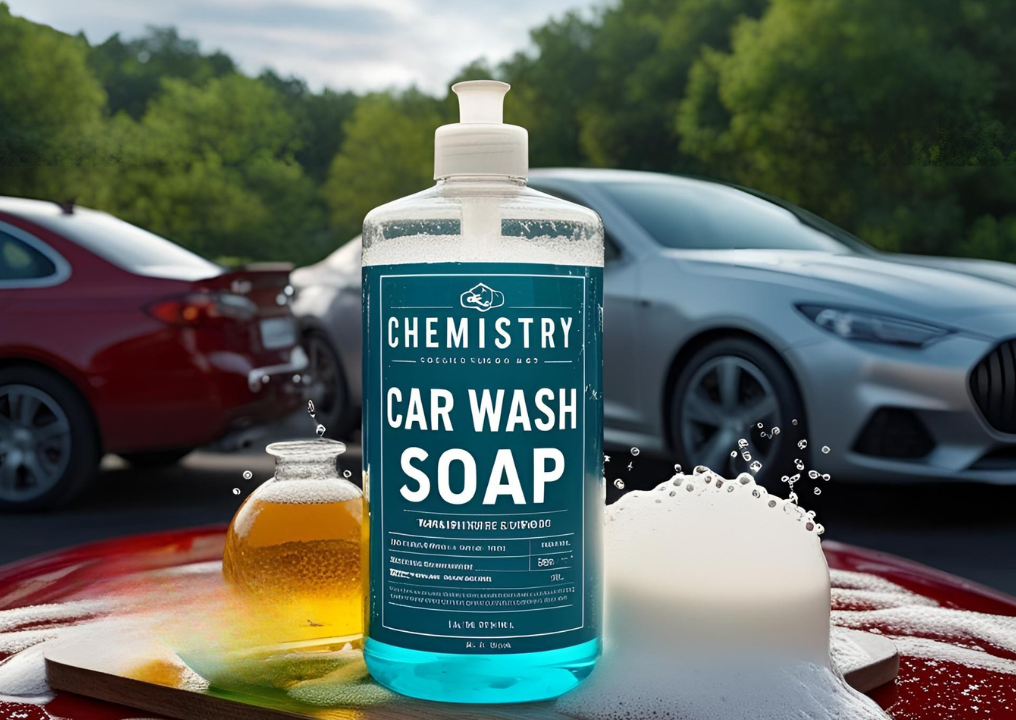SHOP CAR WASH MENUS ->
The Science Behind a Perfect Car Wash: What Most Owners Get Wrong
Introduction: More Than Just Soap & Water
Most people think a car wash is as simple as soap, water, and pressure—but there's actual science behind delivering a superior wash. From chemical reactions to water quality and wash techniques, the right approach can make or break your car wash business.
In this post, we’ll dive into the science behind a perfect car wash, common mistakes most owners make, and how to optimize your process for the best results.
1
2
The Role of Water Quality in a Car Wash
🚿 Hard Water vs. Soft Water:
- Hard water contains minerals like calcium and magnesium, which cause water spots and streaking.
- Soft water improves soap efficiency, leading to a deeper clean with less residue.
💡 Pro Tip: Invest in a water filtration or softening system to enhance cleaning power and reduce chemical waste.
The Chemistry of Car Wash Soap
Not all soaps are created equal! Understanding pH levels and chemical interactions is key to removing dirt without damaging the car’s surface.
- pH Balance:
- Acidic cleaners (pH 0-6) are great for removing mineral deposits and rust stains.
- Neutral cleaners (pH 7) are gentle on all surfaces.
- Alkaline cleaners (pH 8-14) break down grease, oil, and organic dirt.
💡
Pro Tip: A
two-step pre-soak process (acidic, then alkaline) is the most effective for lifting dirt while protecting the car’s finish.
3
4
THE SCIENCE OF DRYING: WHY SOME CARS WITH WATER SPOTS
Even after a great wash, some customers complain about
water spots. This is due to
poor drying techniques or high mineral content in water.
🚗 Best drying methods:
✓ High-velocity air dryers reduce manual labor and prevent streaking.
✓ Hydrophobic coatings repel water for a faster, spot-free dry.
✓Reverse osmosis (RO) water eliminates minerals that cause water spots.
💡 Pro Tip:
Using
spot-free rinse water in your final rinse step can significantly improve drying results.
Power of Friction: Brushes vs. Touchless Washes
Customers often ask: Which is better—brush washes or touchless washes?
🌀 Soft-Touch Washes (Brushes):
- Use microfiber or foam brushes to scrub dirt off the surface.
- More effective on heavily soiled vehicles.
- Must be maintained properly to prevent scratches.
🚿 Touchless Washes (High-Pressure):
- Rely on strong detergents and water pressure to clean.
- Safer for delicate paint finishes.
- Less effective at removing thick grime.
💡 Pro Tip: A hybrid system that combines touchless pre-wash with soft-touch brushes delivers the best of both worlds.
5
How Temperature Affects Car Wash Results
🔥 Cold water vs. hot water:
Hot water (100-140°F) boosts cleaning power, breaking down grease and grime faster.
Cold water can be effective with the right chemical formulations but requires stronger detergents.
💡 Pro Tip: For winter months, using heated water or pre-treatment chemicals helps remove road salt, which can corrode a vehicle’s undercarriage.
Final Thoughts: The Perfect Wash
is a Science
Achieving the perfect car wash isn’t just about pressure and soap—it’s about understanding water chemistry, drying techniques, and wash mechanics. By optimizing these factors, you can provide a better wash, increase customer satisfaction, and build loyalty.
Want to dive deeper into car wash chemistry and technology? Download our FREE white paper📥
Book a Service Today
We will get back to you as soon as possible
Please try again later
Car Wash Emergency?
From maintenance to manpower, give us a call when the unexpected happens.
NON-EMERGENCY HOURS
- Mon - Fri
- -
- Sat - Sun
- Appointment Only
All Rights Reserved | Car Wash Management





